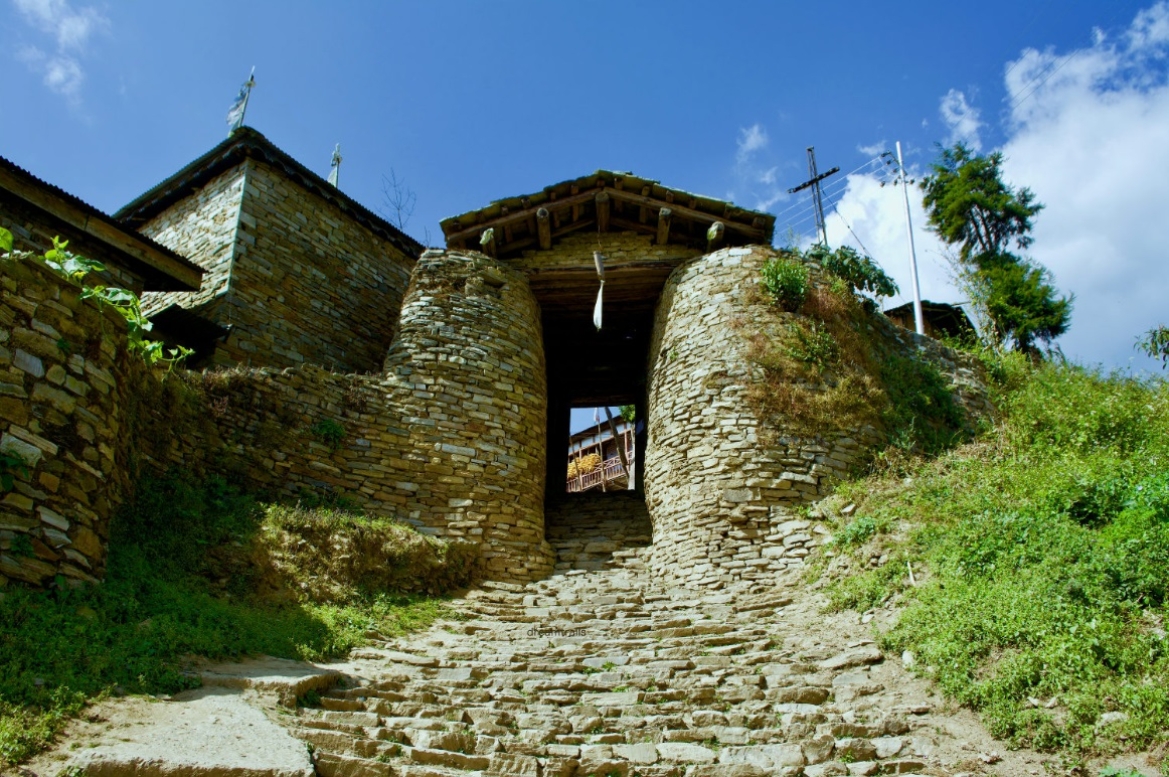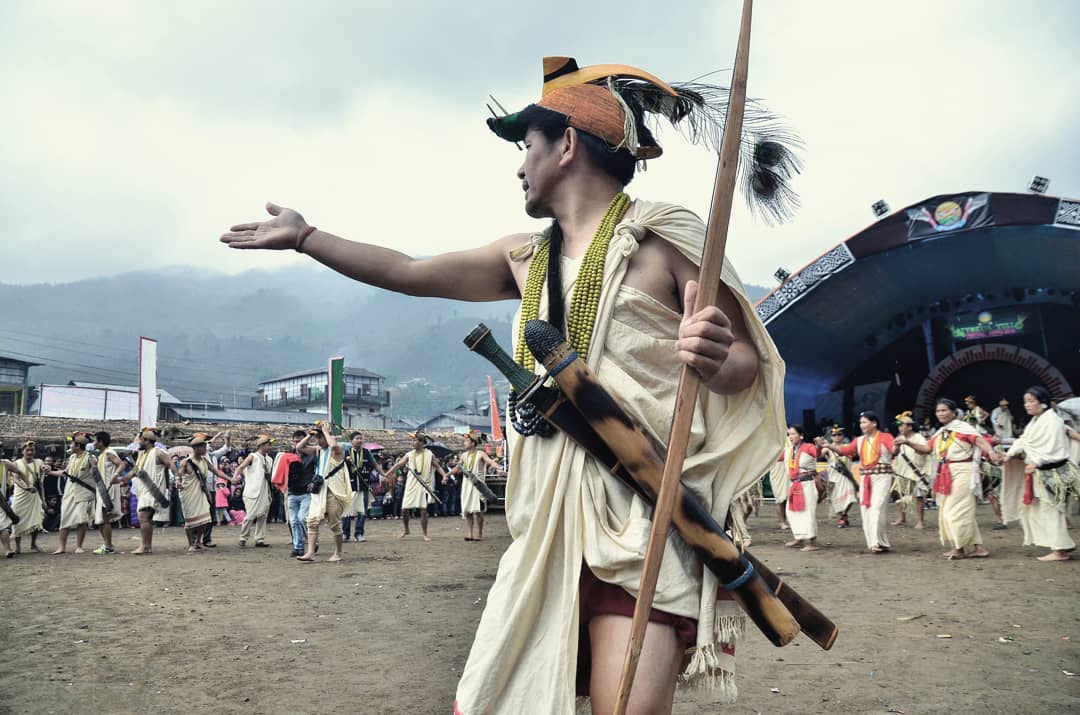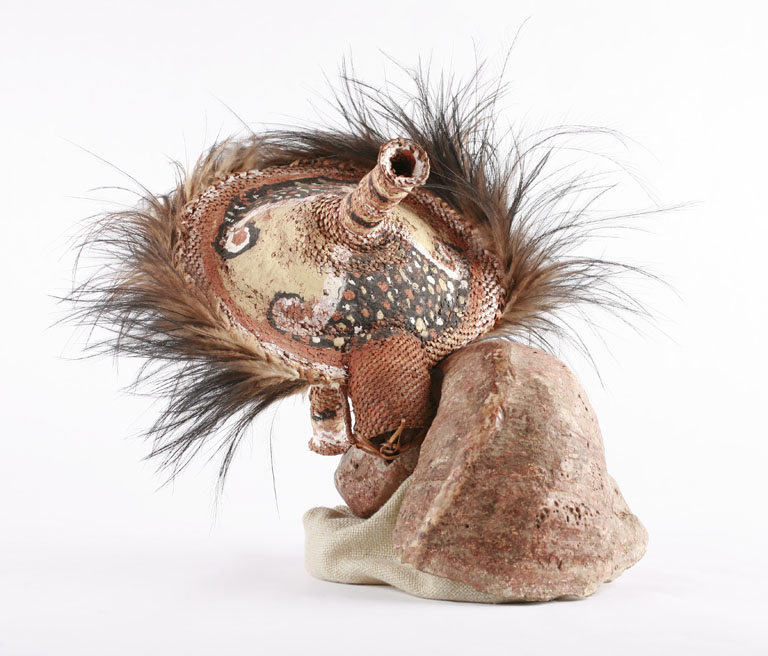|
Marriage Practices Of The Galo Tribe
Marriage Practices of Galo Tribe or Traditional Galo Tribe Wedding/Marriage Practices are part of the cultural fabric of Arunachal Pradesh, India. In Galo dialect, it is called as NYIDA (TOGU PANAM). Background Arunachal Pradesh is situated in the North Eastern part of India with an area of 83743 km2. It is the largest state area wise in the North-Eastern Region. It has 17 districts with 26 major tribes and more than 100 sub tribes with diverse culture, customary and traditional practices. Every tribe has its own dialect, beliefs and faiths. The group originates from Abotani and is called TANI Group which includes Adi, Apatani, Nyishi, Tagin, Galo, Mising etc. The life style, the traditions, culture and customary practices are almost the same but differ in some applications and practices specially pertaining to the marriage system. "Galo Community" is one of the largest among this Tani Group and also their marriage practice is very much different from other Tani group an ... [...More Info...] [...Related Items...] OR: [Wikipedia] [Google] [Baidu] |
Galo Tribe
The Galo are a tribe in Arunachal Pradesh Arunachal Pradesh (; ) is a States and union territories of India, state in northeast India. It was formed from the North-East Frontier Agency (NEFA) region, and India declared it as a state on 20 February 1987. Itanagar is its capital and la ..., who are descendants of Abotani. They speak the Tani Galo language. Other names which have been used to reference the Galo tribe in the past include ''Duba'', ''Doba'', ''Dobah Abor'', ''Galo Abor'', ''Galo'', ''Galo Adi'', etc. The Galo have been listed as a scheduled tribe under the name ''Galo'' since 1950.Amendment to the Constitution (ST), Order, 1950, Part-XVIII Folklore in relation to resource use and management The fact that Turi or eri, according to Galo's wisdom, can be the common ancestor of Tani (the first human-being and the ancestor of human-beings), Taki (the ancestor of spirits) and Tanyo he ancestor of cat families which include (tiger), Nyopak-takar (leopard), Nyoke ( ... [...More Info...] [...Related Items...] OR: [Wikipedia] [Google] [Baidu] |
Arunachal Pradesh
Arunachal Pradesh (; ) is a States and union territories of India, state in northeast India. It was formed from the North-East Frontier Agency (NEFA) region, and India declared it as a state on 20 February 1987. Itanagar is its capital and largest town. It borders the Indian states of Assam and Nagaland to the south. It shares Borders of India, international borders with Bhutan in the west, Myanmar in the east, and a disputed 1,129 km border with China's Tibet Autonomous Region in the north at the McMahon Line. Arunachal Pradesh is claimed in its entirety by China as South Tibet as part of the Tibet Autonomous Region; China Sino-Indian War, occupied some regions of Arunachal Pradesh in 1962 but later withdrew its forces. As of the 2011 Census of India, Arunachal Pradesh has a population of 1,383,727 and an area of . With only 17 inhabitants per square kilometre, it is the least densely populated state of India. It is an ethnically diverse state, with predominantly Monpa p ... [...More Info...] [...Related Items...] OR: [Wikipedia] [Google] [Baidu] |
India
India, officially the Republic of India, is a country in South Asia. It is the List of countries and dependencies by area, seventh-largest country by area; the List of countries by population (United Nations), most populous country since 2023; and, since its independence in 1947, the world's most populous democracy. Bounded by the Indian Ocean on the south, the Arabian Sea on the southwest, and the Bay of Bengal on the southeast, it shares land borders with Pakistan to the west; China, Nepal, and Bhutan to the north; and Bangladesh and Myanmar to the east. In the Indian Ocean, India is near Sri Lanka and the Maldives; its Andaman and Nicobar Islands share a maritime border with Thailand, Myanmar, and Indonesia. Modern humans arrived on the Indian subcontinent from Africa no later than 55,000 years ago., "Y-Chromosome and Mt-DNA data support the colonization of South Asia by modern humans originating in Africa. ... Coalescence dates for most non-European populations averag ... [...More Info...] [...Related Items...] OR: [Wikipedia] [Google] [Baidu] |
Gallong Language
The Galo language is a Sino-Tibetan language of the Tani group, spoken by the Galo people. Its precise position within Tani is not yet certain, primarily because of its central location in the Tani area and the strong effects of intra-Tani contacts on the development of Tani languages. It is an endangered language according to the general definitions, but prospects for its survival are better than many similarly-placed languages in the world. Dialects The major Galo dialects are Pugo, spoken around the district capital Aalo; Lare, spoken to the south of Aalo; and a dialect that can be called Kargu kardi, pertaining to the dialect spoken in the northwest near the Tagin area. There may be additional Galo dialects further north, which remains largely unresearched. There are numerous subdialects that often correspond to regional or clan groupings. Neighbouring languages include Assamese, Nepali, Bodo, Mising, Minyong, Hills Miri, Tagin, Nishi, Bori, Pailibo, Ramo and Bok ... [...More Info...] [...Related Items...] OR: [Wikipedia] [Google] [Baidu] |
Abotani
Abotani or Abu Tani is considered the progenitor of the Tani tribes of the state of Arunachal Pradesh in India. Abotani are located in Tibet and Arunachal Pradesh. In China, Abotani tribes recognized as part of Lhoba ethnic group. The Apatani, Mising, Adi, Galos, Tagin and Nyishi are the Subtribes of Abotanis. They follow the Donyi-Polo religion and credit Abotani with the technique of rice cultivation. Etymology The ''Abo'' or ''Abu'' means "father" and Tani means "human". Oral history The following story is told by priests (miri) among the Adi people: Other Tani legends reference Abotani: a woman in the Digo Ane region told him how to cultivate rice; Abotani was successful at rice cultivation thanks to his wise wife, Aio Diiliang Diibiu; however, he divorced her to marry another woman. The new wife's pursuit of leisure brought disgrace to his wealth; when Abotani realized this, he left the second wife and continued the cultivation on his own. Once he needed his sist ... [...More Info...] [...Related Items...] OR: [Wikipedia] [Google] [Baidu] |
Tani People
The Tani people include the Adi, Apatani, Galo, Mising, Nyishi, and Tagin ethnic groups of India and China. As members of the Tibeto-Burman ethnic group, they speak various Tani languages and primarily reside in the Indian states of Arunachal Pradesh and Assam, as well as the Tibet Autonomous Region in China. With a population of approximately 2.17 million, the Tani people are among the largest ethnic groups in Northeast India. The Chinese government categorises the Tani people under the Lhoba people, Lhoba ethnic group. History Most of the residents of Arunachal Pradesh and Upper Assam belong to the six Tani tribes ( Nyishi, Adi people, Adi, Galo tribe, Galo, Apatani, Tagin, and Mising) who are all said to be descended from Abotani. Some of the history of the Tani people has been recorded in the ancient libraries of Tibet as the Tani people traded swords and other metals with Tibetan people, Tibetans in exchange for meat and wool. Festivals Solung Solung, obs ... [...More Info...] [...Related Items...] OR: [Wikipedia] [Google] [Baidu] |
Adi People
The Adi people are one of the most populous groups of indigenous peoples in the Indian state of Arunachal Pradesh. A few thousand are also found in the Tibet Autonomous Region, where they are called the Lhoba together with some of the Nyishi people, Na people, Mishmi people and Tagin people. They live in a region of the Himalayas, Southern Himalayas which falls within the Indian state of Arunachal Pradesh and the Mainling County, Mainling, Lhünzê County, Lhunze, Zayü County, Zayu, Mêdog County, Medog, and Nyingchi counties in the Tibet Autonomous Region, China. The present habitat of the Adi people is heavily influenced by the historic location of the ancient Lhoyu. They are found in the temperate and sub-tropical regions within the districts of Siang district, Siang, East Siang, Upper Siang, Lower Dibang Valley, Shi Yomi,Namsai district, Namsai within Arunachal Pradesh. The term "Adi" however, is not to be confused with the Lhoba people, since the Lhoba also includes the Mishm ... [...More Info...] [...Related Items...] OR: [Wikipedia] [Google] [Baidu] |
Apatani People
The Apatani people are an ethnic group who live in the Ziro valley of Arunachal Pradesh's Lower Subansiri region. Customs and lifestyle Their wet rice cultivation system and their agriculture system are extensive even without the use of any farm animals or machines. So is their sustainable social forestry system. UNESCO has proposed the Apatani valley for inclusion as a World Heritage Site for its "extremely high productivity" and "unique" way of preserving the ecology. The Apatanis, one of the major ethnic groups of eastern Himalayas, have a distinct civilization with systematic land-use practices and rich traditional ecological knowledge Traditional ecological knowledge (TEK) is a cumulative body of knowledge, practice, and belief, evolving by adaptive processes and handed down through generations by cultural transmission, about the relationship of living beings (including humans ... of natural resources management and conservation, acquired over the centuries through in ... [...More Info...] [...Related Items...] OR: [Wikipedia] [Google] [Baidu] |
Nyishi People
The Nyishi community is the largest ethnic group in Arunachal Pradesh in north-eastern India. The Nyishi language belongs to the Sino-Tibetan family, however, the origin is disputed. Their population of around 300,000 makes them the most populous tribe of Arunachal Pradesh, closely followed by the tribes of the Adi according to 2001 census. Polygyny is prevalent among the Nyishi. It signifies one's social status and economical stability and also proves handy during hard times like clan wars or social huntings and various other social activities. This practice, however is diminishing especially with the modernization and also with the spread of Christianity. They trace their descent patrilineally and are divided into several clans. Origin As per the Nyshi mythology, there were many versions of Abo Tanyi in the form of spirits and other beings. Nyiha (Niya) is one of the sons of Abo Tanyi, which is the first perfect human being, and the Nyishi are his descendants. The hum ... [...More Info...] [...Related Items...] OR: [Wikipedia] [Google] [Baidu] |
Tagin People
The Tagins are one of the major tribes of Arunachal Pradesh, India, a member of the larger designation of Tani Tribes. The Tagins refers to a tribe of Northeast India Region. The Tagins are members of the larger designation of Abotani (''abo'' - 'father', ''tani'' - 'ancestor's name'). Most Tagin are adherents of Donyi-Polo, with a Christian minority. Distribution Tagins are the dominant tribe in Upper Subansiri district. They are also found dispersed in the adjoining districts, especially in West Siang, Papum Pare, in Arunachal Pradesh, as well as some areas of Tibet adjacent to Arunachal Pradesh. Population According to 2011 census there are 62,931 Tagin people in India. A few thousand in Tibet is expected. There are many clans among the Tagins, for example, Duchok, Mosing-Mosu, Tamin (Nakam, Nayam, Neva, Negia Nutik, Mindi (Nasi & Nalo) and Japo), Leyu, Reri, Natam-Gyadu (Bagang), Nah, Gyama, Tache-Tagia, Tasi, Dui, Topo, Tani-Tator, Cherom-Chera, Buning, Heche, Kodak-Kon ... [...More Info...] [...Related Items...] OR: [Wikipedia] [Google] [Baidu] |
Mising People
The Mising people are a Sino-Tibetan ethnic group inhabiting mostly in the Northeast Indian states of Assam and Arunachal Pradesh. They are part of the greater Tani group of people of India and Tibet Autonomous Region of China. Demographics Etymology is an endonym which literally means "man of the soil." , on the other hand, is an exonym commonly applied by plains Assamese people. The origin of the term Mising is believed to be coming from the river named Siang that connects with Brahmaputra in Assam. There is still much scholarly debate on the origin of the term "Miri." Some colonial scholars argued that 'miri' referred to their status as intermediaries between plains people in the Brahmaputra Valley and hill tribes towards the north. More recent scholarship associated with being religious functionaries with Tani hill-tribes. So when the Misings migrated to the plains they were identified as coming from the ('Miri hills'), whose feats of magic would have been wel ... [...More Info...] [...Related Items...] OR: [Wikipedia] [Google] [Baidu] |
Bride Price
Bride price, bride-dowry, bride-wealth, bride service or bride token, is money, property, or other form of wealth paid by a groom or his family to the woman or the family of the woman he will be married to or is just about to marry. Bride dowry is equivalent to dowry paid to the groom in some cultures, or used by the bride to help establish the new household, and dower, which is property settled on the bride herself by the groom at the time of marriage. Some cultures may practice both simultaneously. Many cultures practiced bride dowry prior to existing records. The tradition of giving bride dowry is practiced in many East Asian countries, Eastern Europe, the Middle East, parts of Africa and in some Pacific Island societies, notably those in Melanesia. The amount changing hands may range from a token to continue the traditional ritual, to many thousands of US dollars in some marriages in Thailand, and as much as $100,000 in exceptionally large bride dowry in parts of Papua New G ... [...More Info...] [...Related Items...] OR: [Wikipedia] [Google] [Baidu] |





